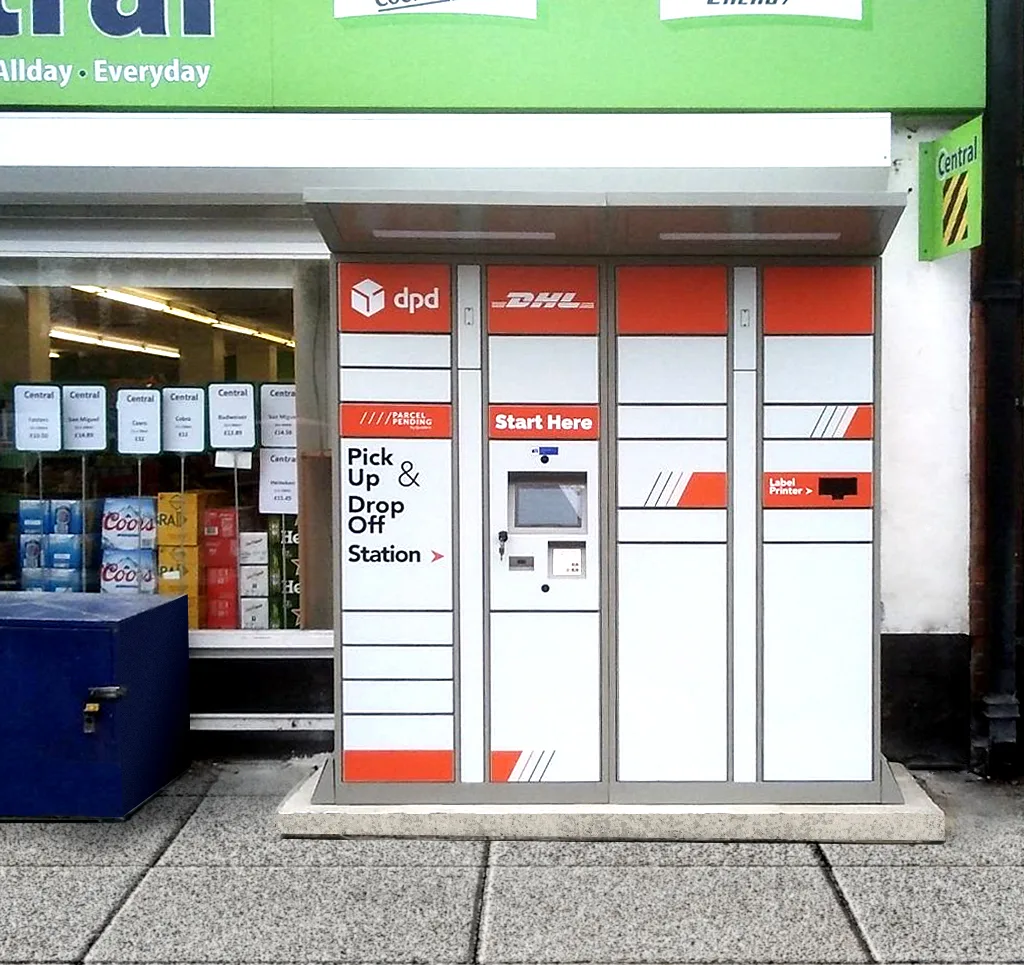By Glynn Davies, Founder of Retail Insider
My road in North London is not unusual in any way. It is neither excessively long nor does it have a particularly dense concentration of housing along its route. We’re talking about a row of standard two-storey terrace houses.
What is interesting on this typical road is that I virtually cannot walk down it without seeing at least one van, car, moped, cycle or lorry delivering goods ordered online. When this is multiplied out across all the other typical roads across the UK then we are talking big numbers of deliveries. And we all have our own personal horror stories of missed deliveries – often when we are actually in the property.
As many as 10% of deliveries fail on the first attempt, even though more people are working from home these days, according to research from Descartes, which found 67% of consumers have faced delivery problems of which failed deliveries are a part. The reality is this this ‘last mile’ element of the delivery is a nightmare and a very costly one at that. In fact, half of the total cost of delivering an item is related to the last mile.
With volumes continuing to climb and returns of unwanted goods adding to the headache for retailers the situation is not particularly sustainable – either financially or environmentally. Supply chain company Zetes reckons failed deliveries and returned parcels account for 25% of the total distance driven by delivery vehicles. That’s decent amount of emissions.
In the early days of ecommerce a solution was put forward involving each household having their own personal secure storage locker. It sounded interesting but was never really going to be scaleable and not particularly workable either for blocks and flats and apartments.
The evolution of this has been the banks of parcel lockers that we’ve all seen outside supermarkets and train stations. They are clearly a sensible idea, and one that I’ve been more than willing to use, but I’m very rarely given the option to do so when ordering goods online. Part of the problem, according to Gary Winter, VP of global strategic initiatives for parcel lockers at Quadient, is that they are invariably linked to a single delivery firm – such as Amazon or InPost – and this limits traction.
Quadient are looking to address this by rolling out its Parcel Pending by Quadient solution around the UK, which Winter describes as the only carrier-agnostic network. It has partnerships with big gun couriers like Evri, DPD, UPS and DHL.
At the moment it has 400 locker units in use and a pipeline of 7,000 locations agreed with the owners of pubs, apartment blocks, transport hubs and petrol forecourts along with many others. The plan is to ultimately select 5,000 sites from this list based on mapping tools it uses with its courier partners to determine parcel densities in specific areas. They won’t be putting them down in deep rural locations or similarly unattractive sites.
Its confidence in building out a critical mass of lockers in the UK is based on its findings in Japan where it has 6,800 lockers out in the field. When it hit 1,000 units in Tokyo an average of 30% of the lockers were being used at any one time, which suggested any more added would dilute usage levels. This did not happen. Interestingly, there are now 4,500 in the city and average usage has grown because the value of lockers is highest when they are a hyper-convenient option.
The biggest use of lockers in Japan is related to peer-to-peer transactions undertaken on marketplaces, which represents as much as 80% of usage. This is also being seen as a driver of locker usage for Evri, which has second-hand marketplace Vinted as a major retail customer. With the rise of the circular economy this could be another positive factor behind increased use of lockers.
When you throw in the reduction they can drive in vehicle use related to failed deliveries, the cut in the handling of returned goods, and reduction in the overall last mile cost to retailers then we might be moving to the stage where lockers are going to play a meaningful role in ecommerce in the UK. When I no longer see a delivery van every time I walk down my road then I’ll know it is working.









